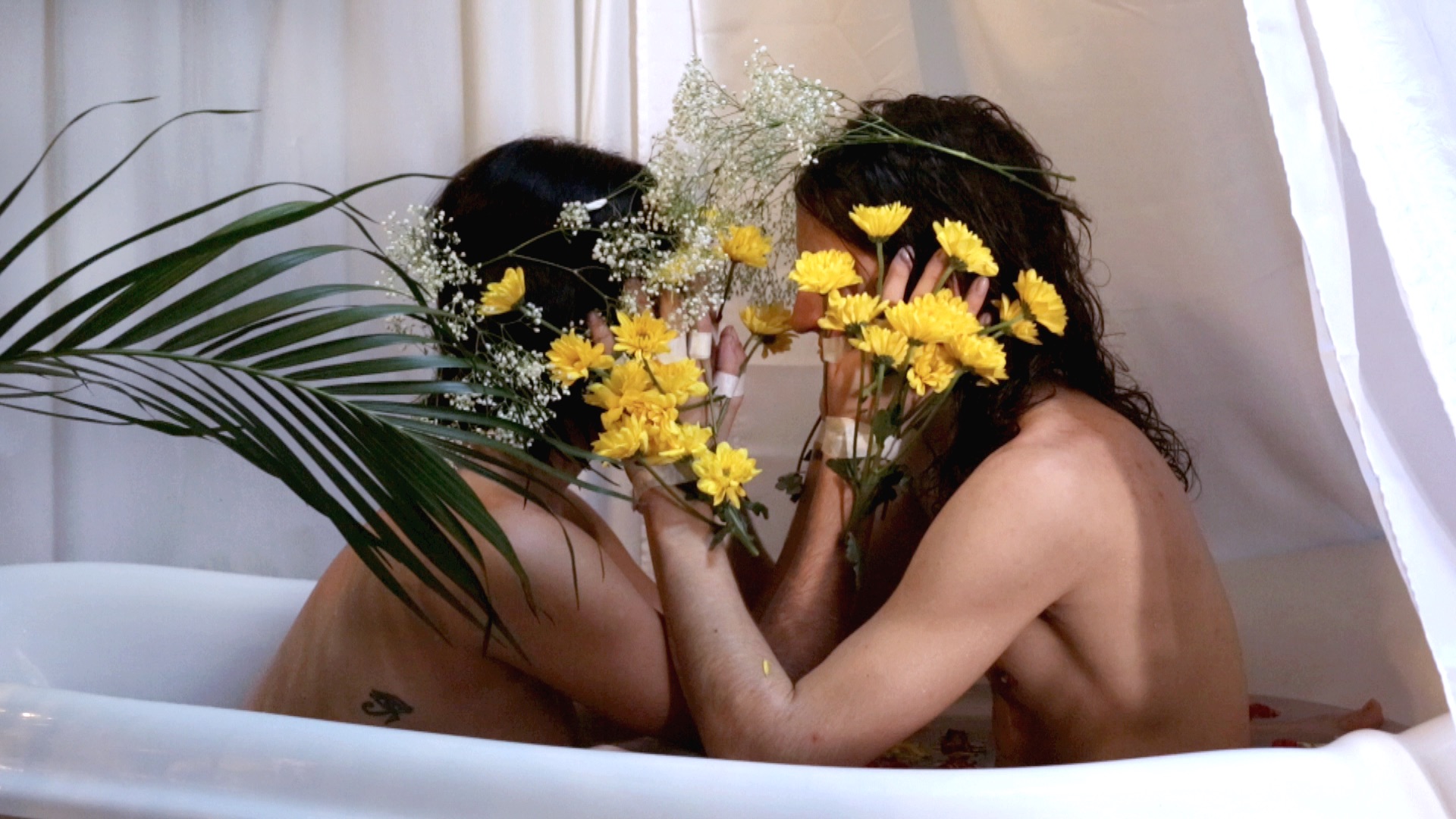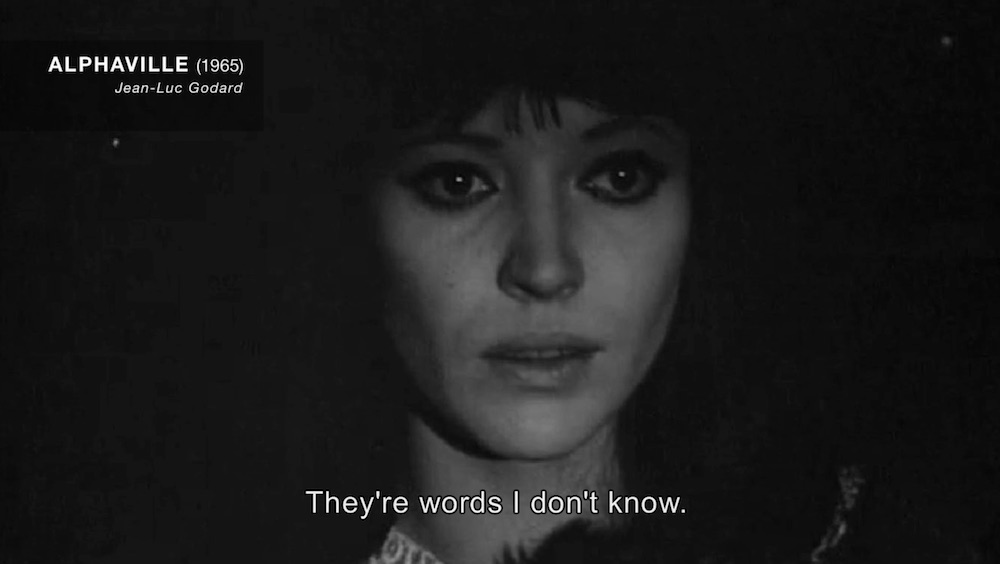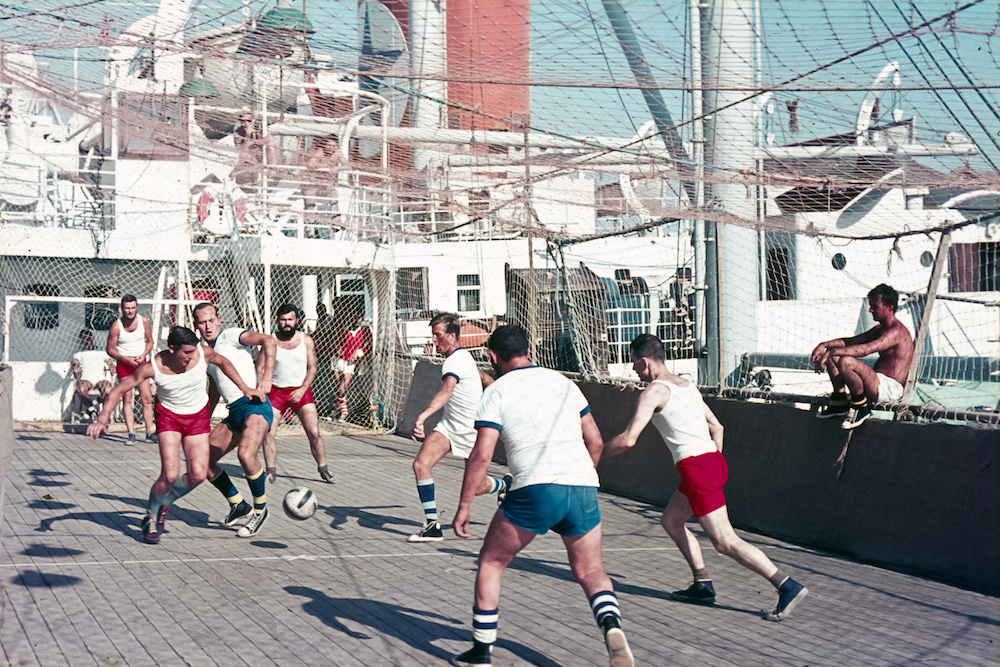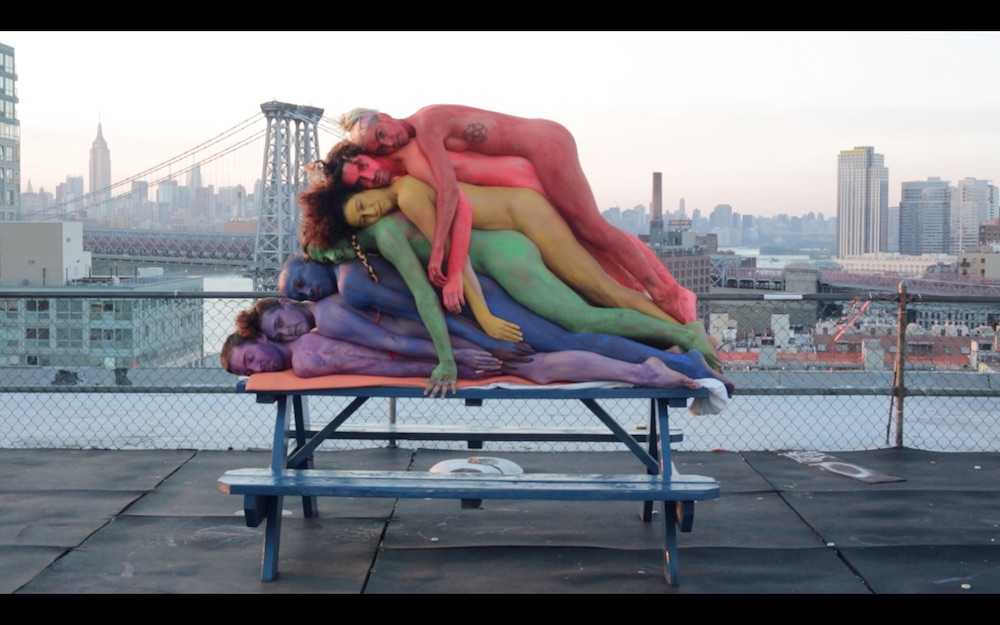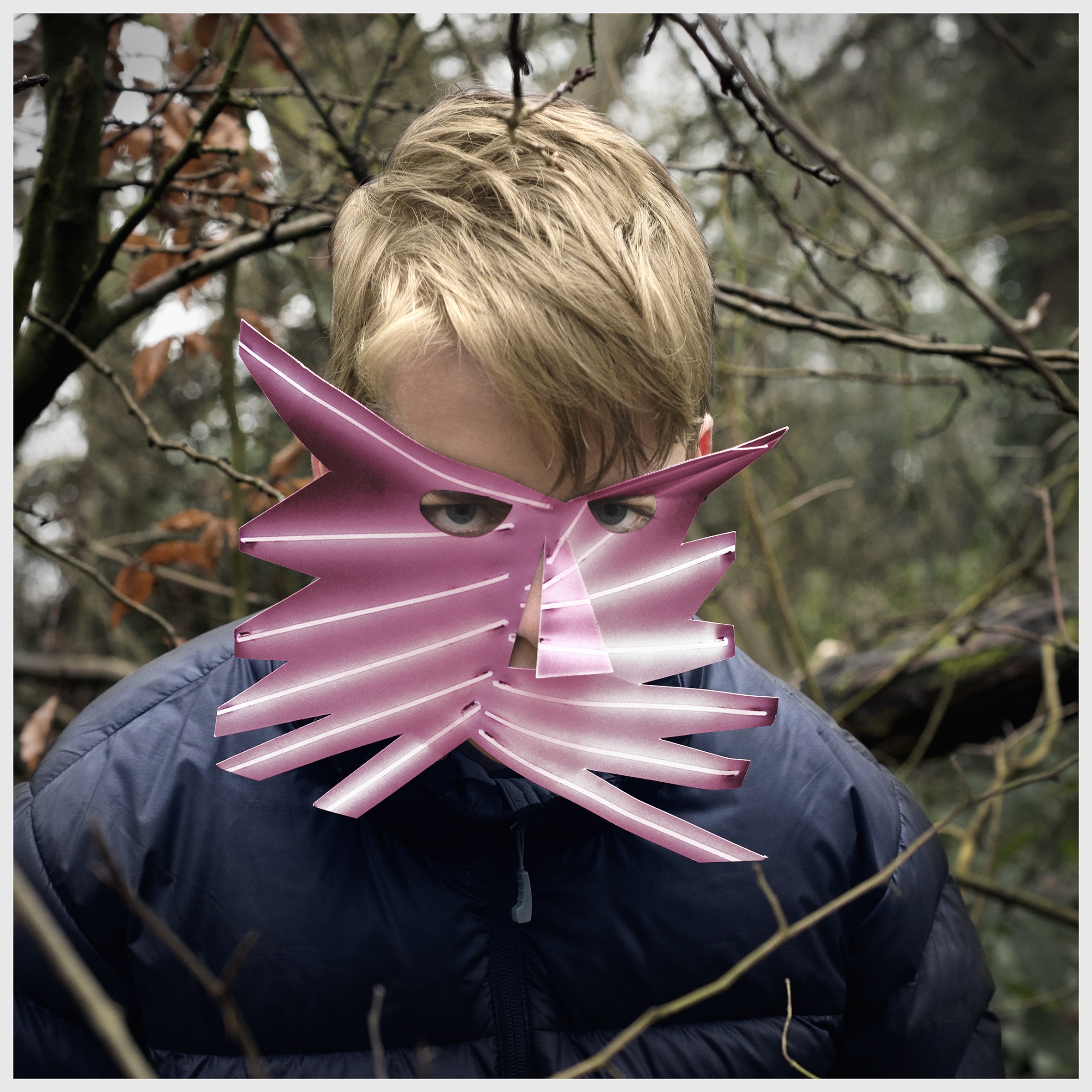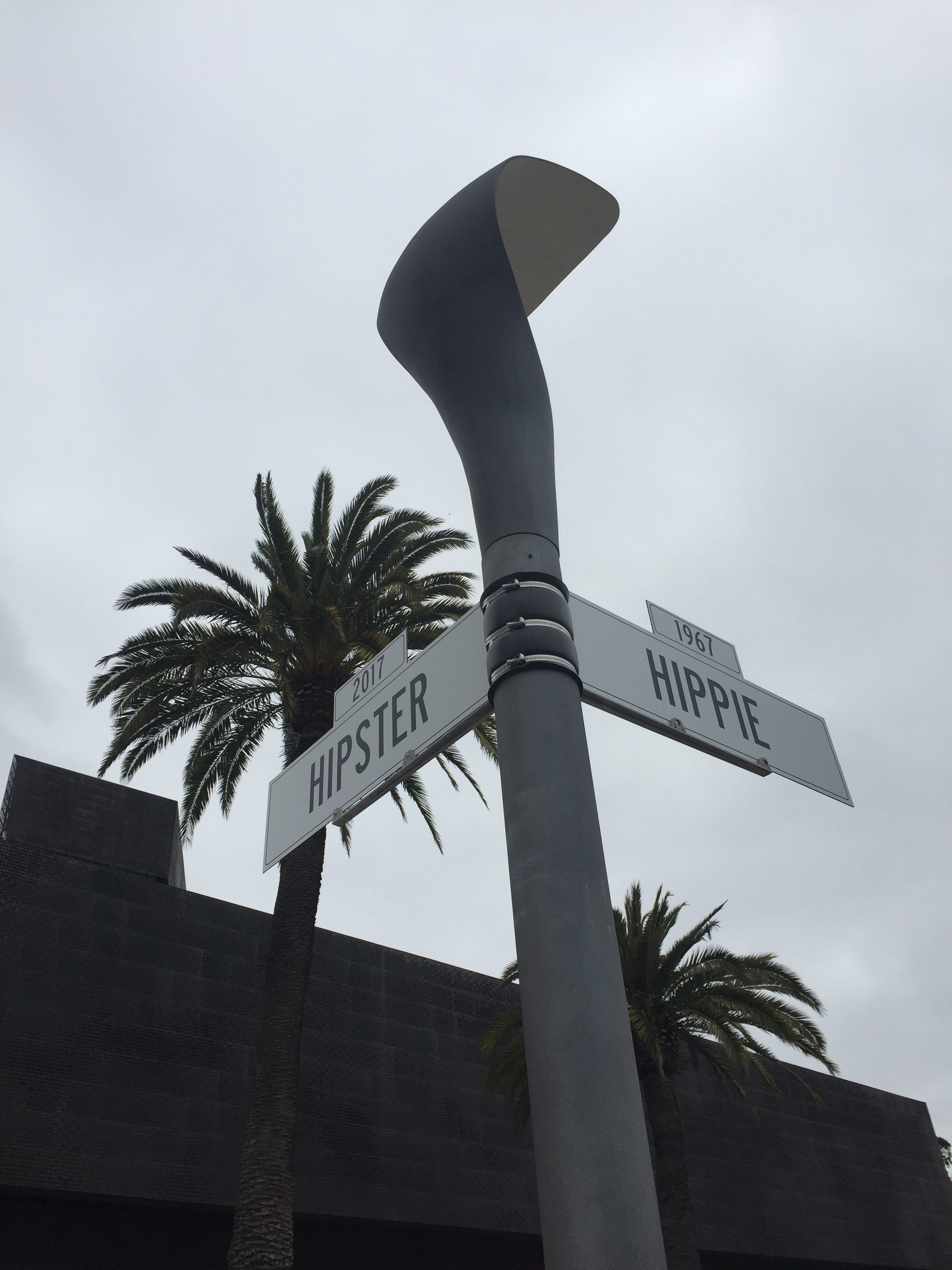It’s the summer of 1967 in San Francisco’s Haight-Ashbury neighbourhood. A hundred thousand bodies converge in the streets under a pillow of curling smoke. As the weed, hashish and incense all weave together through the nostrils and lips of a convulsing, singing, swaying crowd, their drug-induced euphoria unconsciously congeals into a movement: The Summer of Love. As much a celebration of sex, love, and drugs as a revolution against the politics and culture of its time, this blissful slice of psychedelic Californication was a protected moment inside a turbulent storm of world disorder that holds an uncanny resemblance to our own present condition.
Outside the LSD-soaked bubble of the Haight, the summer of ’67 signaled the height of the Vietnam War and its global resistance, which circumscribed the Six-Day War between Israel and its surrounding nations in June. The month of July split open at its seams: a chaotic sequence of flash fires and race riots overtook the streets of northern US cities to Detroit to New Jersey, black frustration and despair mounting at the lack of progress following the Civil Rights Act of 1965. After the kush haze had worn off California’s hippies and they headed home to their mostly white, middle-class, nuclear families in the ‘burbs—or more likely, their elite collegiate educations—the KKK sat down for meetings in Kentucky in October. Later that month, Hurricane Beulah buffeted the coast of Texas, killing a recorded 668 people.
Fast forward fifty years. What’s changed? Just how far is the Vietnam War from today’s War on Terror? Or Civil Rights from Black Lives Matter? We’re lodged between the tremors of a neo-nationalist, populist uprising in the West and experiencing the largest global migration of humankind since the Second World War. In the aftermath of 67’s “Six-Day War” and Israel’s seizure of Palestinian land, there is no ready solution in sight in the middle east. Nuclear Warfare is the never-never that’s become the nearly-nearly; any day now.
Closer to home, white supremacist rallies are organized by America’s alt-right college kids—a dark foil to the message of peace, love and equality championed by the flower children of the ’60s. As we dig ourselves deeper into the Anthropocene, our planet is buffeted by what feels a relentless cycle of unnatural “natural” disasters. The most powerful man in the world is a billionaire ex-TV personality who denies any of this is actually happening. At the time of writing Texas is, eerily, up against another storm: Hurricane Harvey, the most deadly disaster to hit America’s gas and oil heartland in over fifty years—and possibly ever, according to today’s news.
What feels like a progress-paralyzed half-century circuit makes the opportunity to revel in such idealistic notions of universal peace and love’s triumph over war seem challenging, if not straight up delusional. It’s hard to stay positive in such dark times—just ask Bertolt Brecht and Hannah Arendt. So it’s something of a relief to see their books defending the political power of love lining the shelves of Mikhail Karikis’s The Politics of Love: An Audio-Library (2017), an immersive audiovisual installation specially commissioned for this particular exhibition by the Schwarz Foundation and Art Space Pythagorion’s curator Katerina Gregos. Also featured in his pastel playground are the videos and vinyl previously banned in Greece during the summer of ’67.
I should have packed my eclipse glasses. Trudging up to the island gallery on an impossibly serene day (as if the whole Aegean could be suspended here in a moment of separation from the general state of the world), the bubbly letterings of Karikis’s wall painting dance off Pythagorion’s pristine, blinding-white walls. “Love is the institution of the revolution,” it reads. The Boston-based designer Tomomi Itakura’s sassy Untitled (2017) signposts lead the way into the gallery. Itakura’s installation brings the contemporary twist of this exhibition into the foreground: I skirt around “sharing economy” and almost run into “affordable care” in the process; both are branded with a 2017 directional, in case there was any confusion. It’s a far leap from the retrospective lean of its first life at The Summer of Love Experience: Art, Fashion, and Rock & Roll (2017) at the de Young Museum in ‘Frisco earlier this year.
Yet for all the rainbow fonts, ironic signage and therapeutic reading rooms, the dizzyingly conflated conditions, contradictions and exasperations of 1967 and 2017 play out more soberly here, too. Uriel Orlow’s research-based project, The Short and the Long of It (2010-2017)—previously shown at the Palais de Tokyo in 2013—is a compelling investigation into one particularly shocking failure of international diplomacy in 1967, during the Six-Days War. Fourteen international cargo ships heading through the Suez Canal on 5 June 1967 were caught in its outbreak; the ships were not allowed out until the Canal re-opened in 1975. During their eight year entrapment, the multi-national crews formed a new society that cast away the cold-war political allegiances of their home countries. Over the course of seven years, Orlow tracked down, interviewed and collected the stories and archive materials from surviving passengers. His discursive and effective project is proof that in historical moments defined by a total eclipse of reason, as in the unprecedented crisis framing our “post-truth” present, there is hope in solidarity.
Meanwhile, Melanie Bonajo’s Night Soil–Economy of Love (2015) cuts closer to the bone, spotlighting second wave feminism alive and well in the underground sex working industry of Brooklyn. The film’s protagonists draw on the hippie culture of the ’60s to defend ideas of autonomy and empowerment through their work. There’s little difference to be found between this logic and that of the ’60s, Marge Monko reveals in her installation Lucy in the Sky (The More I Make Love, the More I Want to Make Revolution) (2017), which features a timeline of legal milestones for the contraceptive pill superimposed onto a glamorous black-and-white portrait of young smokers.
Exiting the light-washed gallery, I stumble into a screening of Johan Grimonprez’s feature-length film Shadow World (2016). Displayed in Pythagorion’s outdoor cinema for the duration of summer, it tackles the morbid anatomy of the global arms trade: namely, an economy that counts its profits in death tolls. Under the blaze of the Aegean sun, Karikis’s bubblegum font and Itakura’s entryway signposts start to morph in meaning, melting into a cunning outer layer to a much darker show than its cheery title suggests.
The backdrop of eye-blue sea surrounding Samos becomes another twisted metaphor for the Instagram-worthy island’s role in the current migrant situation. Samos is, after all, less than a couple of kilometres from the coast of Turkey, and in recent years the popular tourist destination has become an active site for refugees fleeing Syria. Perhaps it’s the perfect place, then, to house a less-than-sunny but much-needed reflection on the past half-century’s inch-crawl toward the dream of progress set alight by the Summer of Love. No sunglasses required.
